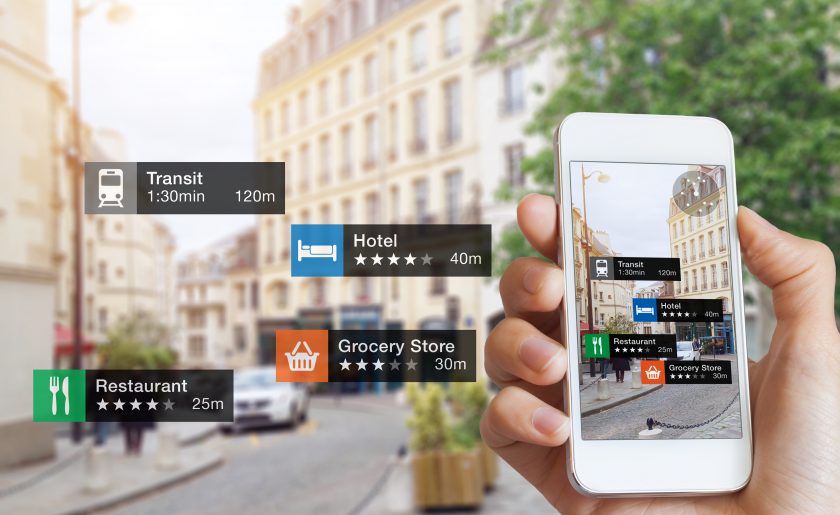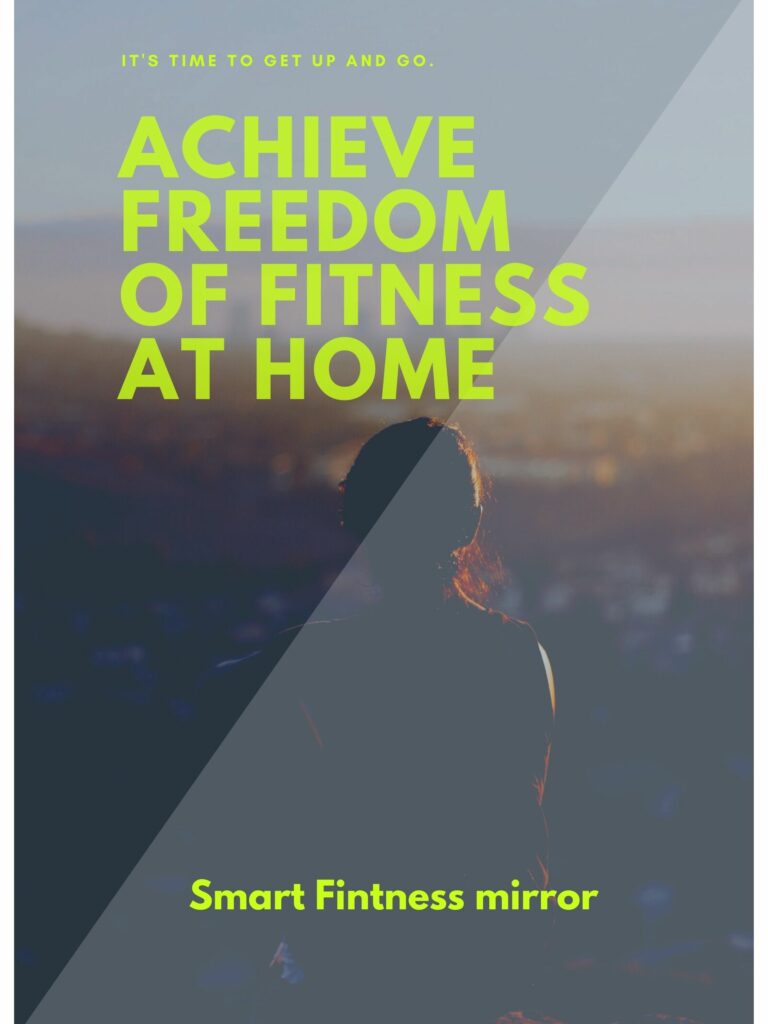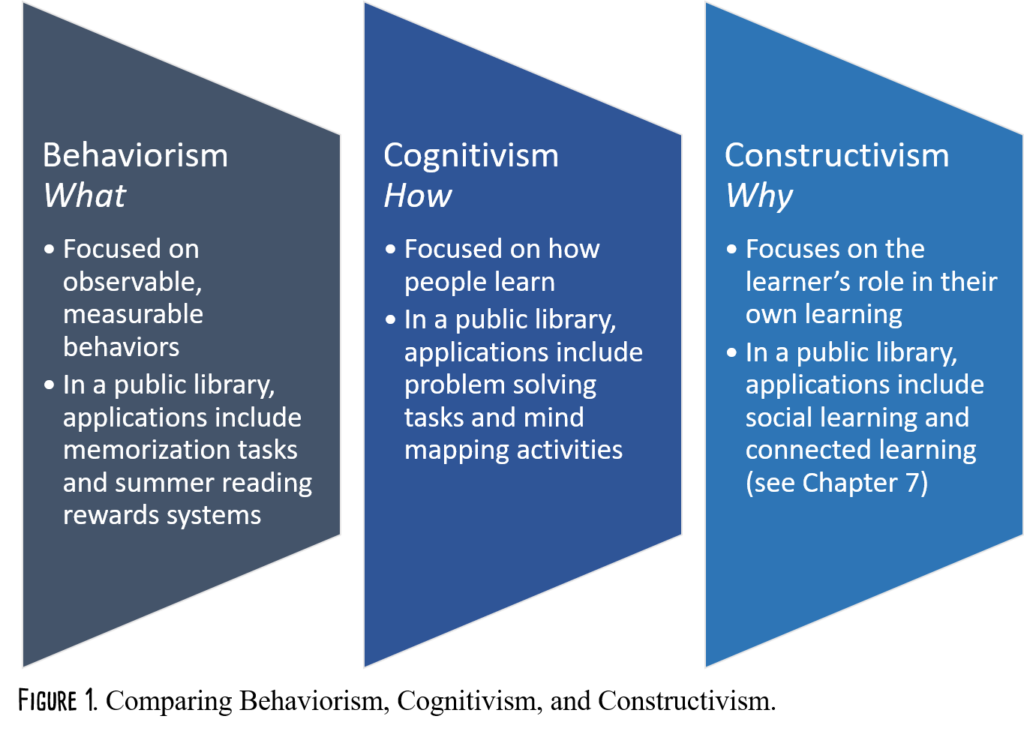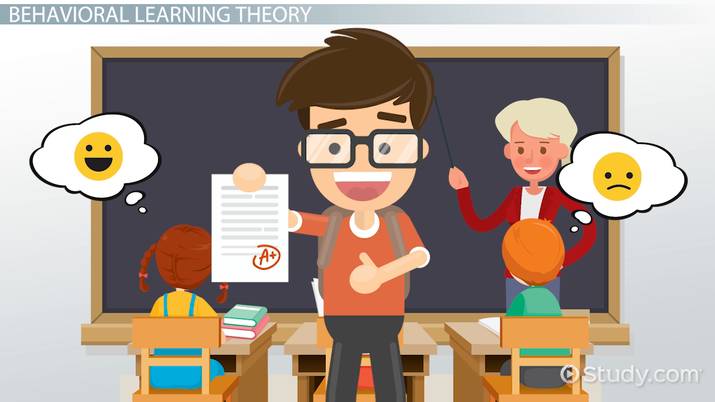
After this week’s study and understanding, I learned about AR technology and how to apply it. In fact, there are a lot of AR technologies in our life, such as an app called AR ruler is the use of AR technology in our life. Another example is MAC’s official website where you can use the AR technology for lipstick color testing. So first of all, what exactly is AR technology? ‘Augmented Reality (AR) adds digital elements to the camera of your smartphone, creating the illusion that holographic content is a part of a physical world. Unlike virtual reality (VR), you are not immersed in an artificial environment. In turn, AR changes reality by adding three-dimensional objects, sounds, videos, graphics.’ (2020), AR in general is a technology that can combine virtual and real In turn, AR changes reality by adding three-dimensional objects, sounds, videos, graphics.
So what are some of the places where AR technology can be used in multi-media teaching? During the epidemic, it is very dangerous to go out to the gym, but learning at home with videos is afraid of making mistakes, and also there is no whole block of time to exercise and no professional guidance. The smart fitness mirror with AR technology can be a good solution to these problems.

Smart fitness mirror has an interactive mirror display with an embedded camera and speakers inside. Users can connect to the mobile app to turn the mirror into a fitness class display, a wide range of classes (cardio, strength training, boxing, barre, Pilates, yoga, stretching, pre and postnatal and aerobic dance), on-demand classes and live classes are available, a class lasts 15 to 60 minutes, coaches are from the top fitness centers across the United States. Not only can you follow the guidance of the fitness coach in real time, you can also give feedback to the coach on the user’s exercise status, and the user can also check the calorie consumption and other related data at any time.
Secondly, AR technology can also be applied to the display of creatures and animals in multi-media teaching. For example, in biology class, students can download a relevant app, when the teacher tells about the animal, learners can understand the animal more intuitively through AR technology, which is more beneficial to the teaching task. In fact, there are many more uses of AR technology in teaching, and I believe that in the future, AR technology can help us learn more quickly and effectively.
References:
Admin. (2020, November 18). What Is Augmented Reality (AR) and How Does It Work? Smart Tek LLC. https://smartteksas.com/augmented-reality-ar-work/.
Adelson, K. I. (2021, March 29). I Tried the New ‘Smart’ Fitness Machines (and Mirror) to Find What’s Worth It. The Strategist. https://nymag.com/strategist/article/smart-home-gym-equipment-mirror-tonal-peloton-review.html.


